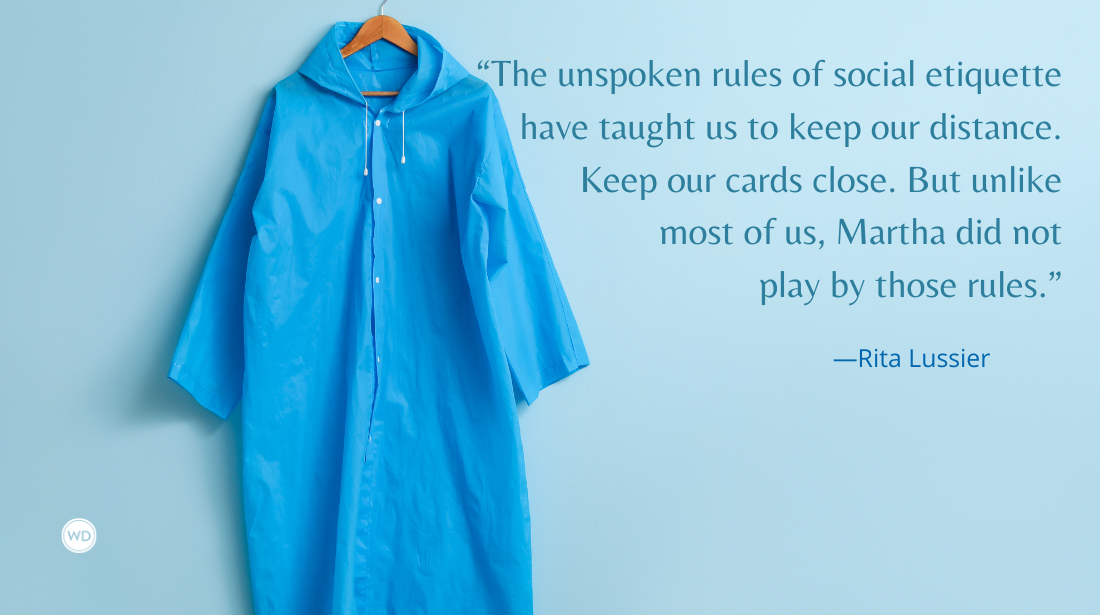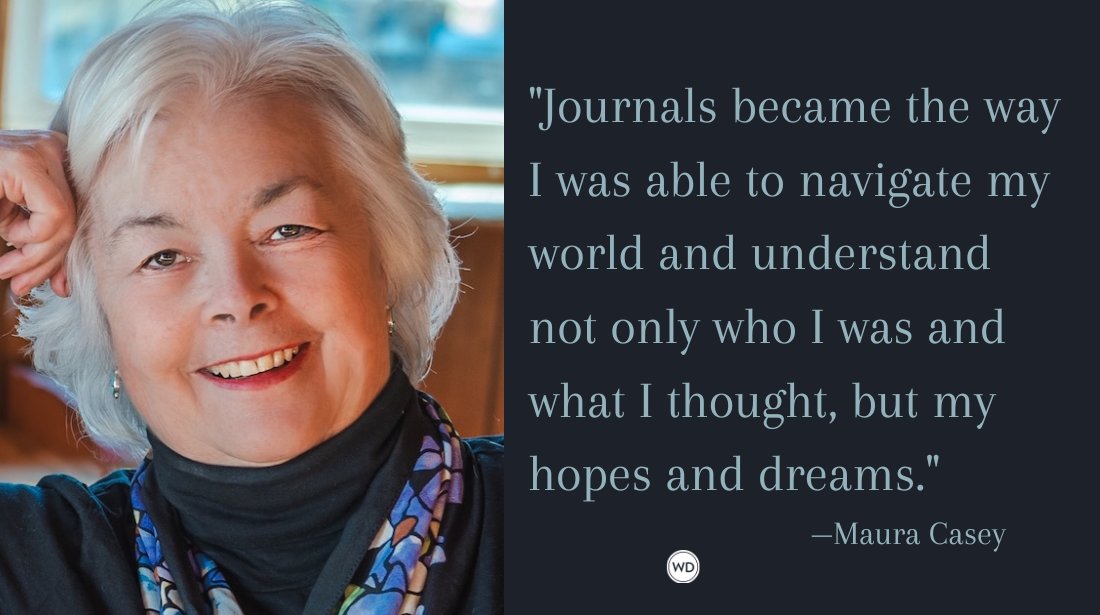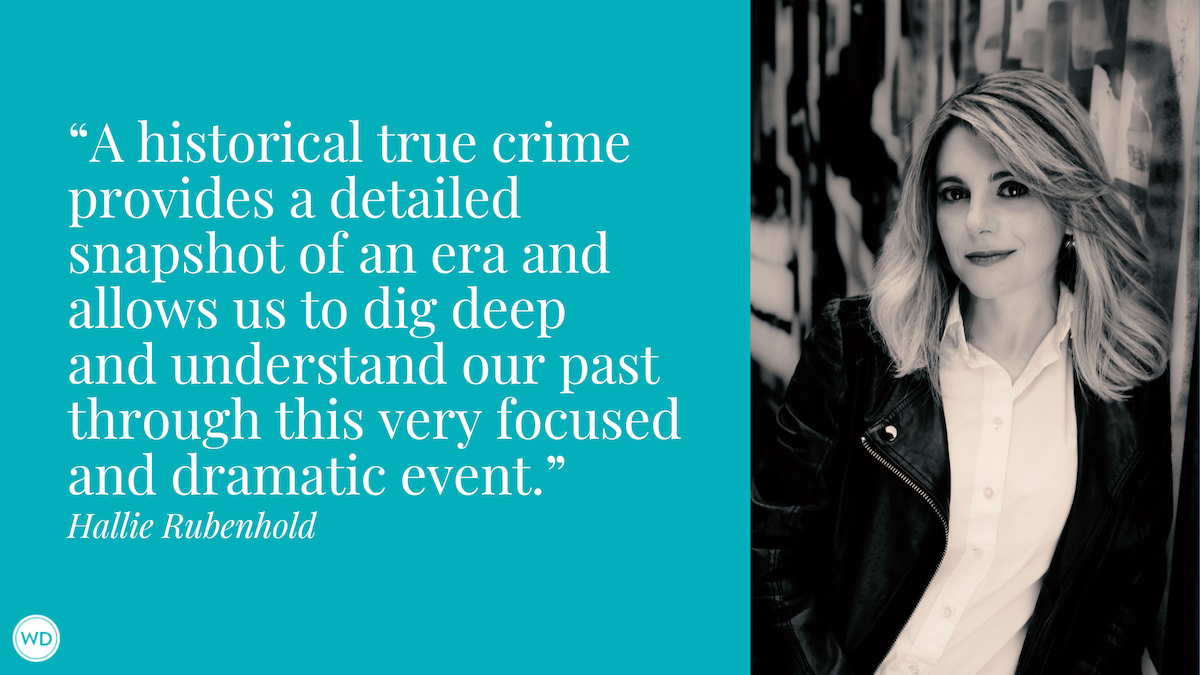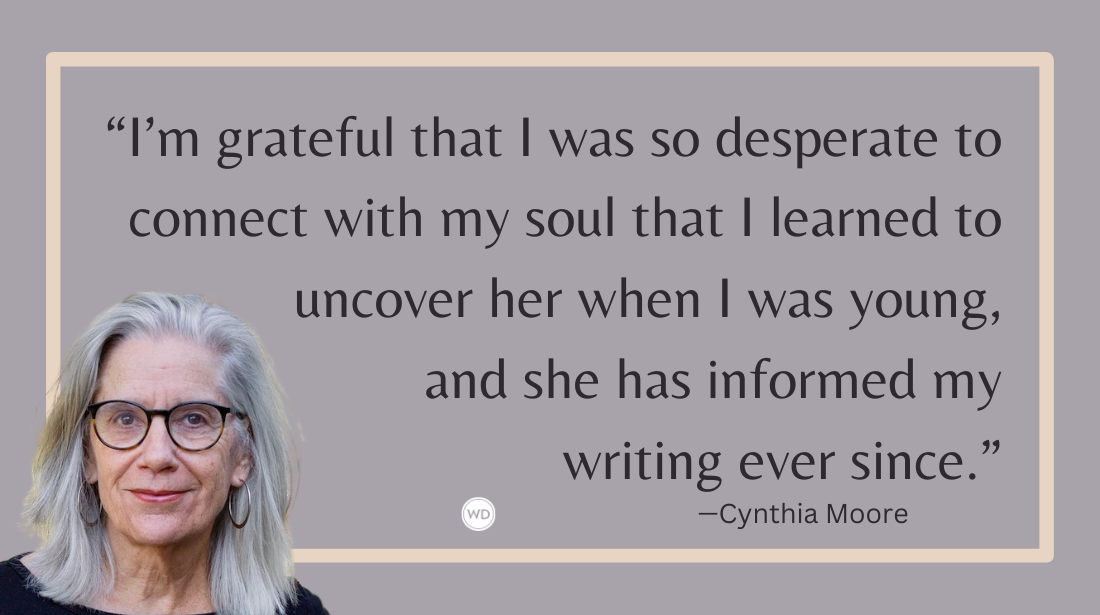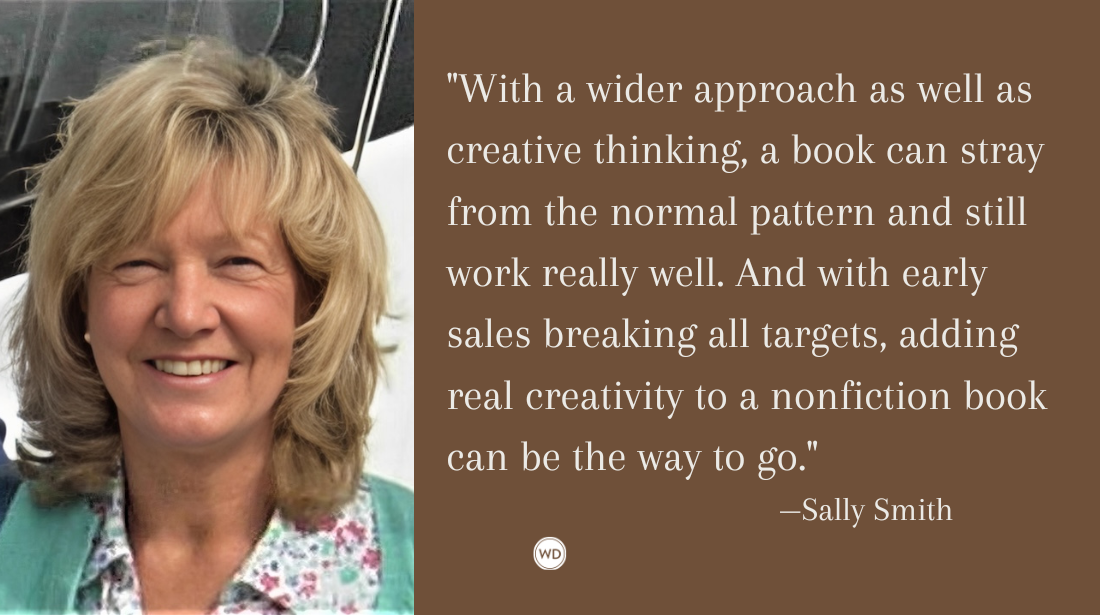A Different Angle: How To Revisit a Painful Past Without Re-Triggering Your Present
Writer Sari Botton knew she had a memoir in her but felt conflicted over writing about her traumatic experiences. Here, she shares how she navigated writing her memoir from a different angle.
(This article originally appeared in the March/April issue of Writer’s Digest.)
At a memorial dinner for my beloved, psychotically upbeat friend, Erica Chase-Salerno, mourners were invited to choose an “Affirmators!” card from her favorite silly/inspirational deck.
The one I pulled read: “As I tell myself the story of what’s happening in my life, I choose to make it the kind of story where even the tough parts have a sort of inner beauty. It’s ultimately a happy story, where every character (no matter how wicked), is doing their best. …”
It was as if Erica had nudged the card toward me. She’d known I’ve always felt conflicted over writing about traumatic experiences, in part because I don’t know how to do so without upsetting others. That conflict is the primary reason it’s taken me so long—until my mid-50s—to write my memoir.
People in my life have felt hurt when I’ve published personal essays revealing less-than-flattering ways they’ve behaved. So how could I get away with writing a book containing painful memories without upsetting others? This conundrum is the subject of “Conversations With Writers Braver Than Me,” a series of interviews I conducted for The Rumpus. No matter how many memoirists I wrangled for the column, I still couldn’t figure out what would be the right approach for me.
Once I landed a contract for my book, I was more anxious than ever about revealing trauma I experienced as a child and as an adult. The more I suffered through writing about my experiences—re-triggering myself at every turn—the more I realized that, at least at the moment, I don’t want to tell some of those stories. I’ve always felt as if I was compelled to. Now I’m fairly certain I’m not.
In the 1990s, memoirs about trauma were all the rage. Writers who’d been silenced their whole lives were being heard in a way they hadn’t before. In books like The Liar’s Club by Mary Karr, The Color of Water by James McBride, Prozac Nation by Elizabeth Wurtzel, Angela’s Ashes by Frank McCourt, The Kiss by Kathryn Harrison, authors told stories about overcoming child abuse, sexual abuse, racism, poverty, incest, and severe depression.
I became a memoir junkie. As a child of divorce, a survivor of domestic violence, a sufferer of anxiety and depression and chronic illnesses, I found validation in knowing one could release her secrets on the page, and others would read along, nodding in affirmation, and maybe even celebrate you for it.
I published my own difficult stories. I worked as a ghostwriter, helping people write memoirs about their painful experiences, then as a leader of therapeutic storytelling workshops for a nonprofit. From there, I became the essays editor at a prominent online publication, where once again I served as a steward of other people’s pain. It was all gratifying work, but I saddled myself with vicarious trauma by taking on too much of it.
Somewhere along the way, I gleaned that it was a memoirist’s obligation to publicly interrogate every bit of suffering in her life. It seemed to be the only way to sell a book or publish an essay in a major publication. I got the idea that you weren’t permitted to write other kinds of memoir—for example, funny or observational stories—or apply humor to difficult ones, until you’d first “unpacked” your pain for all the world to see.
Especially now, I crave writing that is not so trauma-laden. It’s still valid and often necessary to write about one’s pain. But what I’m realizing as I write my book is that it’s just as valid to write from other angles—joy, curiosity, idiosyncrasy, observation.
IndieBound | Bookshop | Amazon
[WD uses affiliate links.]
As I wrote about the lingering effects of my parents’ divorce (in 1976!), I realized it’s actually absurd—funny—that at 55 I’m still grappling with this. Once I started writing from that angle, I enjoyed the process again. The story is no less poignant for being presented with lighter treatment. Maybe it’s even more so.
I thought of memoirs that took a similar approach—Traveling Mercies by Anne Lamott and Priestdaddy by Patricia Lockwood—and the humorous way Erica wrote a monologue about her journey with cancer, making fun of herself for imposing her curiosity and ebullience on a woman she’d just met at chemotherapy.
It affirmed the direction I wanted to move.
I’m not saying my book will be all laughs and happy memories. I feel put off by memoirs that read like standup. I’m not saying that someday I might not write another kind of memoir that grapples more seriously with my experiences. But first, I’m giving myself the gift of writing from a playful angle—one I’m certain Erica would have approved of.
Sari Botton’s award-winning anthology, Goodbye to All That: Writers on Loving & Leaving New York, will be reissued with seven new essays in April 2021. Her memoir, And You May Find Yourself…, will be published by Heliotrope in 2022.

